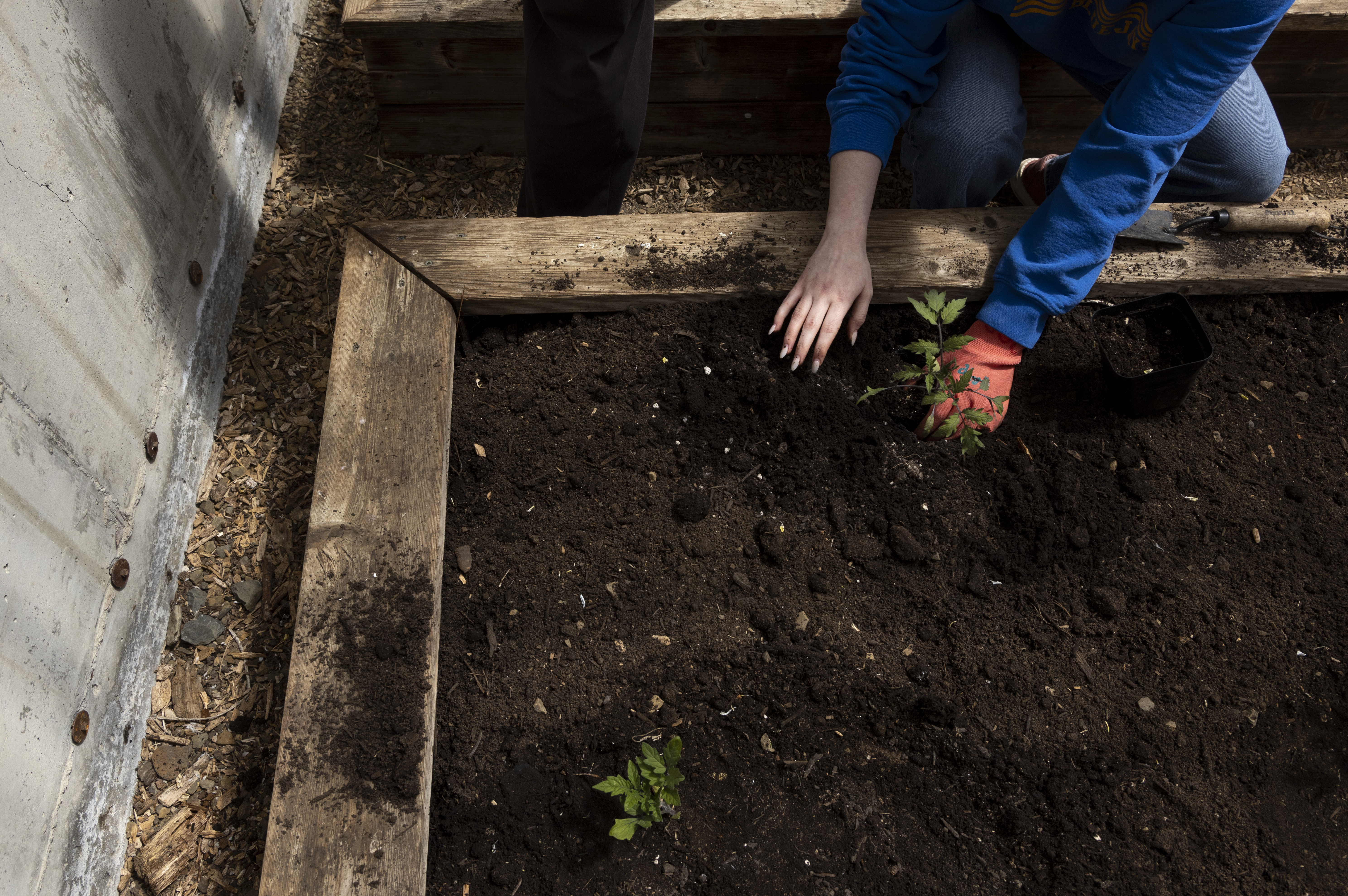IN THE GARDEN: Want a foolproof garden? Plant a straw bale
Published 4:00 pm Wednesday, March 3, 2004
If life gives you bales of straw, make a garden.
The Garden Writers Association, a nonprofit group that supports garden writing professionals, came up with a great exhibit at the recent Northwest Flower & Garden Show in Seattle. Not only did the “Garden of Eatin'” exhibit showcase the nonprofit group’s Plant a Row for the Hungry project, an endeavor that encourages home gardeners and gardening groups to grow extra produce for food banks and distribution centers, it featured an innovative way to grow vegetables and annuals.
Rose Marie Nichols McGee, the owner of Nichols Garden Nursery in Albany, came up with the idea for using the salad green bales in the exhibit, which won a gold medal and the prestigious People’s Choice Award.
On the nursery’s Web site, www.nicholsgardennursery.com, McGee explains that all of the show’s exhibit gardens were required to have a barrier separating the garden from the show floor. The exhibit’s creators, which included GWA members, Pierce County, Wash., Master Gardeners and Lake Washington Technical College students, did not want to give up valuable footage to build a barrier.
McGee remembered that retired Oregon State University Professor N.L. Mansour had researched straw bale culture and she contacted him for details. Additional research into straw bale gardening had been done in the University of California system. The researchers found that straw bales allow you to bypass poor soil and an abundance of weeds and plant a productive small garden. Drainage is assured, worms take up residence and thrive below the bale, and when your bale has fallen apart, simply remove the twine and work the straw into the soil or cover with fresh bales.
Here’s how to make a straw bale garden:
1. Use wheat straw bales tied with synthetic twine. Researchers found wheat straw bales to be the most free of annual and perennial weed seeds, and the synthetic twine will hold up over several years. Place the bales on their sides, so that the strings run horizontally and the straws run vertically. Do this before you wet them – a damp straw bale is extremely heavy.
2. Soak the bales thoroughly. Let them sit for a week. If wheat seeds sprout – “an early green haze,” says Nichols – pull them out. Wet straw bales are hot (think of a compost pile), and need some time to “cool” down before you plant delicate seedlings or transplants. If the weather is hot, water more than once.
3. When the bales are cool, abrade the surface with a hand fork and add about a three-inch layer of compost or bagged potting soil. This is your seed bed. You can grow salad greens, cucumbers, tomatoes, peppers and peas. Nasturtiums, marigolds and alyssum are fine annual flowers to include in your bale garden. Root crops are not a good bet, as they require a deeper bed. If you want to put a transplant in, create “holes” in the bale, beneath the planting bed, so that the roots have room to grow. Fill in the holes with more compost.
4. For watering, Nichols recommends using an inexpensive drip irrigation system, and giving the bales a drenching every now and then. As for fertilizing, she suggests alternating liquid seaweed, fish emulsion and compost tea.
By the way, if you would like more information on the Plant a Row for the Hungry program, go to the GWA Web site, www.gardenwriters.org, and choose the Plant a Row tab.
Cathy Peterson belongs to the Clatsop County Master Gardener Association. “In the Garden” runs weekly in Coast Weekend. Send comments and gardening news to “In the Garden,” The Daily Astorian, P.O. Box 210, Astoria, OR 97103 or online to peterson@pacifier.com





